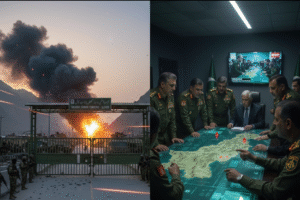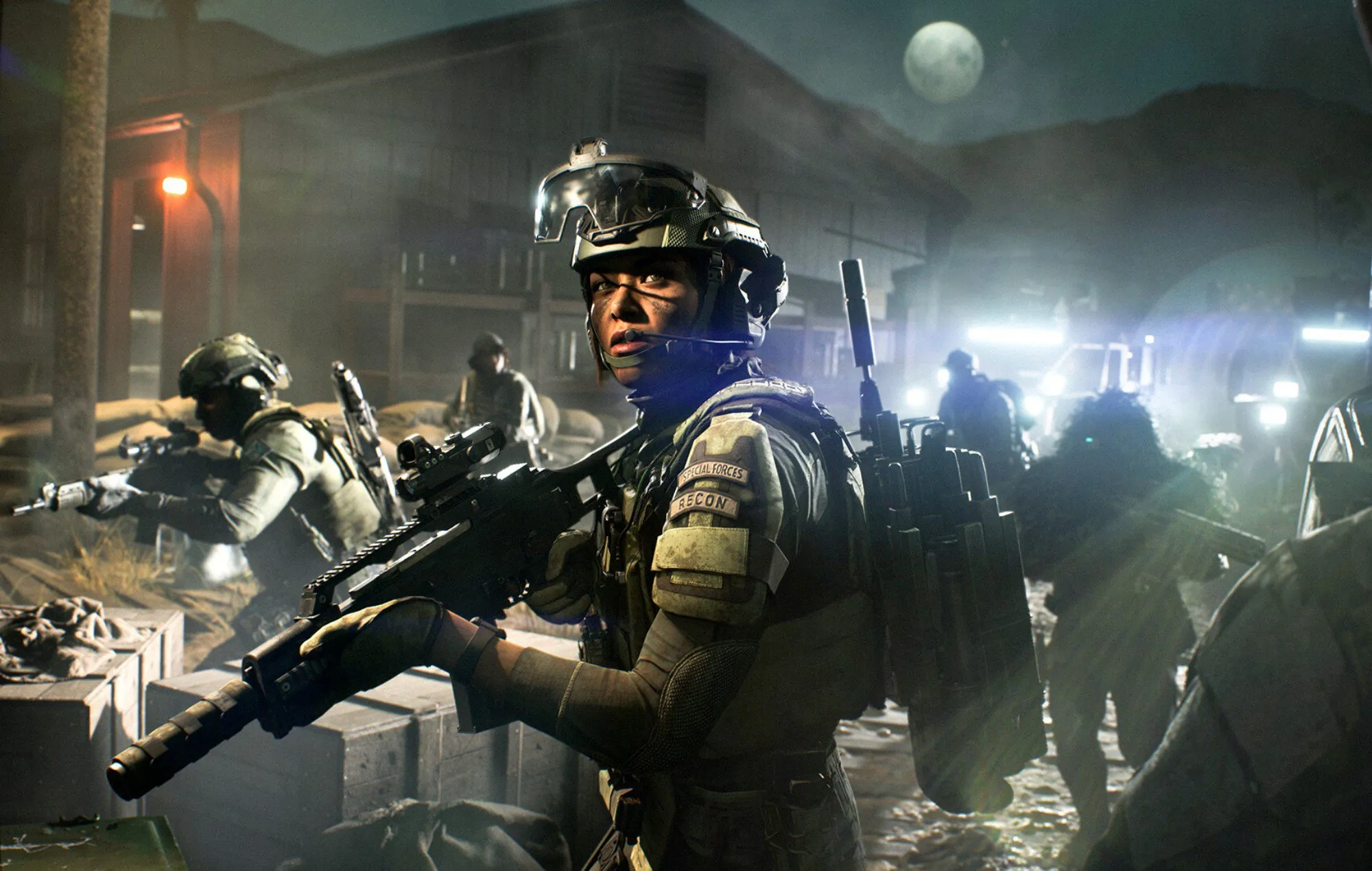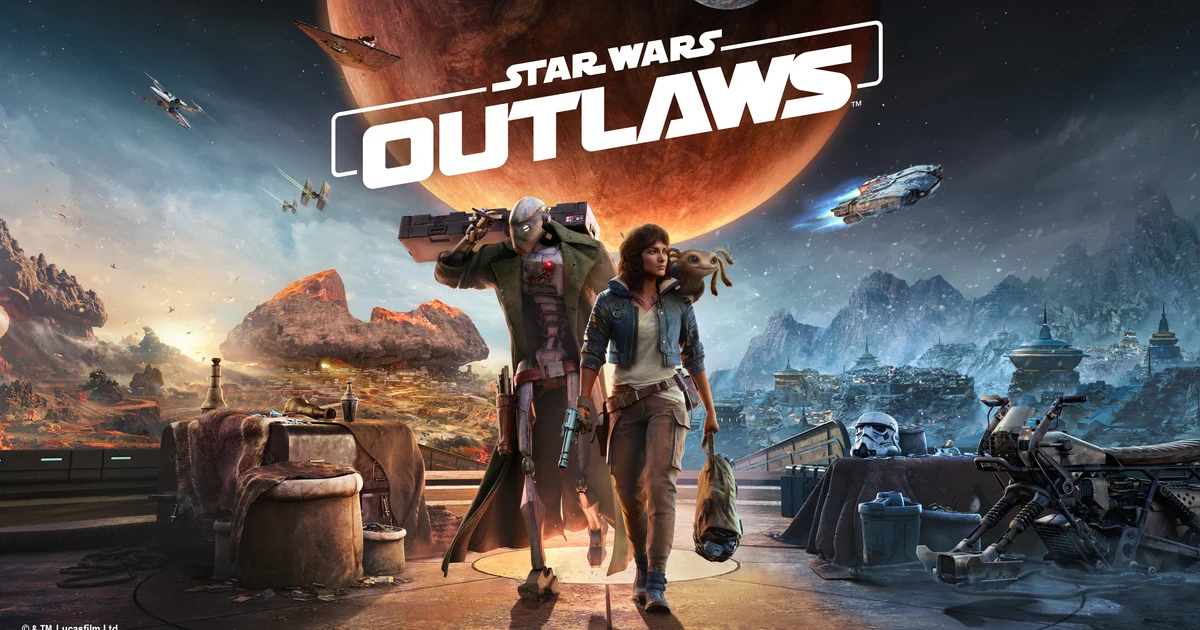Battlefield 6 playtest begins as invited Battlefield Labs participants return for focused sessions aimed at testing large‑scale maps, early Portal tools, and a limited server browser, signaling a new phase of community‑driven iteration before launch. This round emphasizes practical feedback over hype, with developers collecting data on balance, hosting, and joining experiences across PC, PS5, and Xbox while managing leaks that inevitably follow closed tests. The goal is clear: tune core systems with real players so stability, scale, and clarity are stronger on day one.
What’s being tested now
According to recent updates, the latest Labs wave centers on two pillars: map and balance evaluations and usability trials for community features that will shape long‑term replayability. Players are sampling a pair of marquee battlegrounds—Operation Firestorm, a remake of a fan‑favorite, and Mirak Valley, the biggest map shown so far—alongside systems that coordinate infantry and vehicles in combined arms scenarios. This approach lets the team measure how vehicle health, gadget viability, and damage numbers feel when thousands of skirmishes unfold in quick succession.
Why the Labs approach matters
Battlefield 6 playtest begins with a Labs cadence that appears designed to reduce surprises at launch by gathering targeted telemetry and qualitative feedback in short, contained windows. Developers can observe how players discover servers, join matches, and navigate Portal menus, then prioritize fixes that remove friction from the first session onward. The tighter feedback loop also gives the community a sense that their input directly informs priorities, which can build goodwill after prior entries faced criticism for missing core features at release.
Maps under the microscope
Early sessions are showcasing the scale and pacing of two large maps with distinct identities that push combined arms encounters. Operation Firestorm brings a remixed classic into the modern toolkit, while Mirak Valley offers sweeping terrain where transport, armor, and air support alter the rhythm of firefights across long sightlines. Seeing how infantry squads adapt to armor pushes—and how countermeasures and gadgets respond—provides crucial evidence for balance passes before the next milestone.
Portal and community tools
Battlefield 6 playtest begins with an early Portal implementation accessible via the Community tab, where testers can host player‑owned servers using predefined shortcodes and experiment with tags, descriptions, and discovery paths. Not every feature is present; the focus is on foundational workflows such as creating a session, choosing parameters, and helping others find and join matches quickly. This scaffolding is important because community‑driven modes and events often sustain a Battlefield title well beyond its first season.
Server browser returns in limited form
A limited server browser is being trialed as part of the Labs build, responding to strong demand for transparent, player‑controlled matchmaking options. While not final, the test aims to validate core interactions: browsing, filtering, and selecting servers with clear rulesets and populations. The team will watch dwell time in menus, abandonment points, and repeated errors to decide what must ship at launch and what can arrive shortly after.
Managing leaks and expectations
Battlefield 6 playtest begins in closed conditions under NDA, yet footage frequently appears on social platforms shortly after sessions start, despite takedown efforts. Recent clips and impressions have shown large‑map pacing, a Portal glimpse, and equipment changes, keeping attention high even when official details are limited. While leaks complicate messaging, they also generate conversation that developers can mine for expectations and confusion to address in future notes.
Balance, vehicles, and gadgets
From a design perspective, Labs is a stress test for the interplay between infantry kits and vehicle ecosystems across varied terrain. If armor survives too long without coordinated counters, or if gadgets erase vehicles too quickly, the experience can tilt away from combined arms and into frustration on both sides. Iterating now helps align time‑to-kill, repair windows, and mobility so that squads feel agency without making any single tool dominant.
How to participate
Battlefield 6 playtest begins through Battlefield Labs sign‑ups, which remain the primary path to invitations for upcoming sessions and feature trials. Players who previously joined Labs are often auto‑enrolled for subsequent rounds, while newcomers can register and await selection based on testing needs and platform coverage. Each session tends to be short—often just a couple of hours—so checking email and program dashboards is essential to avoid missing windows.
What testers should focus on
-
Report UI clarity issues in Portal and the server browser, especially mislabeled options or confusing flows between hosting and joining.
-
Note balance outliers on specific maps: vehicle chokepoints, spawn vulnerabilities, or gadget interactions that consistently swing engagements.
-
Flag performance hitches tied to player counts or specific effects, plus any rubber‑banding or desync events during large vehicle pushes.
Implications for launch
Battlefield 6 playtest begins with features that influence the game’s long‑term health, not just day‑one spectacle, which is why the Labs backlog prioritizes discovery, hosting, and balance. If the server browser reaches a stable, intuitive baseline, it can anchor community‑run experiences and reduce friction for squads who want predictable rule sets. Likewise, Portal improvements can extend the sandbox, allowing creators to shape events that keep the player base engaged between official updates.
Community sentiment and feedback loops
Enthusiasm for bigger maps and classic features has been strong, even as some testers caution that polish and clarity must keep pace with scope. The Labs framework, with its rapid iterations, offers a path to address that tension by letting the team validate fixes quickly and show progress in public notes. As lessons from each session roll into builds, expectations for launch become more grounded in shared experience rather than speculation.
What to watch next
Battlefield 6 playtest begins with a checklist that hints at the next milestones: expanded Portal options, broader server browser capabilities, and balance patches tuned by real‑world data. Additional Labs invitations may follow to widen platform and region coverage, ensuring netcode and performance hold up under diverse conditions. If cadence continues, the community should expect more targeted tests leading up to release, with patch notes explaining which issues moved and why.
Conclusion
Battlefield 6 playtest begins in earnest with a Labs cycle that prioritizes practical systems—maps, Portal, and a server browser—while developers fine‑tune balance using focused player feedback. Leaks may make headlines, but structured testing is where the game’s long‑term quality will be shaped, as the team weighs usability data against ambition across platforms. For players eager to help, sign‑ups remain open through Labs, and each session is a chance to steer the experience toward a stronger launch and a more resilient live service.

















